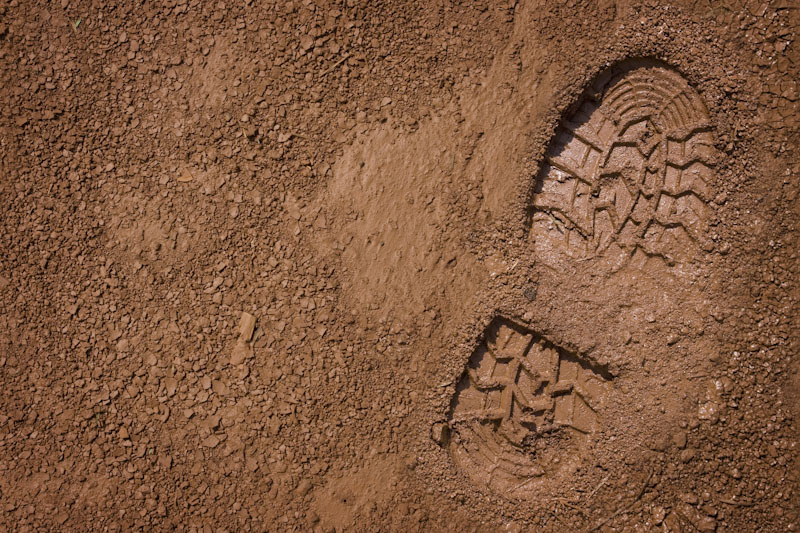We may earn revenue from the products available on this page and participate in affiliate programs. Learn more ›
While some diehard waterfowlers are still finishing up spring snow goose hunting, most are experiencing off-season blues. And even though opening day is still over five months away, pre-season preparation can start now. With a few simple items, hunters can re-flock beat-up decoys to bring life and realism back into their spread.
Basic end-of-season maintenance, such as rinsing and cleaning your decoys, is helpful for maintaining a lifelike appearance in your full bodies and floaters. But decoys with flocked areas will eventually need more significant repairs. The tiny nylon fibers that make up the flocked material wear off over time and impair the overall look of the decoy. However, it’s easy to breathe life back into those lackluster fakes with a little time, a few simple items, and just a smidge of artistic talent. Dust off the goose decoys a little earlier this year and get to work so you have an ultra-realistic spread next fall.

Materials
Many full-body Canada goose decoys consist of realistic painting and flocking. Over time, the flocking fibers break down, and the decoy begins to lose its realism. Luckily, various companies offer affordable flocking kits to help bring back that ultra-realistic look that makes flocked decoys so effective. I picked up the Greenhead Gear FFD Elite Flocking Kit, which includes most of the necessary materials and items to complete the process. Here is everything else you’ll want to pick up before starting on your decoys.
- Greenhead Gear FFD Elite Flocking Kit: contains flocking, small/large paintbrushes, adhesive, latex gloves, sandpaper
- Small plastic tub
- Rubbing alcohol or alcohol wipes
- Q-Tips
- Masking tape
- X-Acto knife
For the purpose of this story, I chose to only work on flock Canada goose decoy heads. However, tails or anything else in need of flocking can be done in the same manner. It is also worth noting that this project details the touch-up process. Non-flocked decoys can be covered in color stages like black, brown, grey, and white, then follow the same procedure for good results.
Step 1: Clean the Surface to be Re-Flocked
Ensure the surface of the flocked area is dry. Using an old paintbrush and/or toothbrush, remove any dirt that may be on the surface. If you have one accessible, a shop air compressor dialed down to about 20 PSI helps blow any dust or remaining debris off the surface.

Step 2: Prep the Surface
Make sure to put on the included latex gloves for the remainder of the process. Tape off any portions of the head, like the white cheek patch, that aren’t to be re-flocked, carefully cutting away the excess tape with the X-Acto knife. Degrease the flocked portions with alcohol wipes or rubbing alcohol via Q-Tips. Be careful not to touch the to-be-flocked portions with your bare hands, as the oils from your skin may inhibit adhesion.
Step 3: Apply the Flocking Material
Remove the original cap from the flocking material container and replace it with the perforated shaker-style lid. While holding the piece over the plastic tub, sprinkle the adhesive with a light coating of fibers. Stop when the entire area is completely covered and gently shake the head or flocked area to remove any excess.

Step 4: Curing and Clean-up
Curing (drying) should be complete in 24 hours, depending on the temperature, which is roughly 70 degrees Fahrenheit. It’s important not to touch the newly-flocked sections during this drying process, as doing so can displace some or all of the material. With this particular adhesive, brushes can be cleaned thoroughly with water. Any remaining adhesive should be stored at room temperature.
Read the full article here




